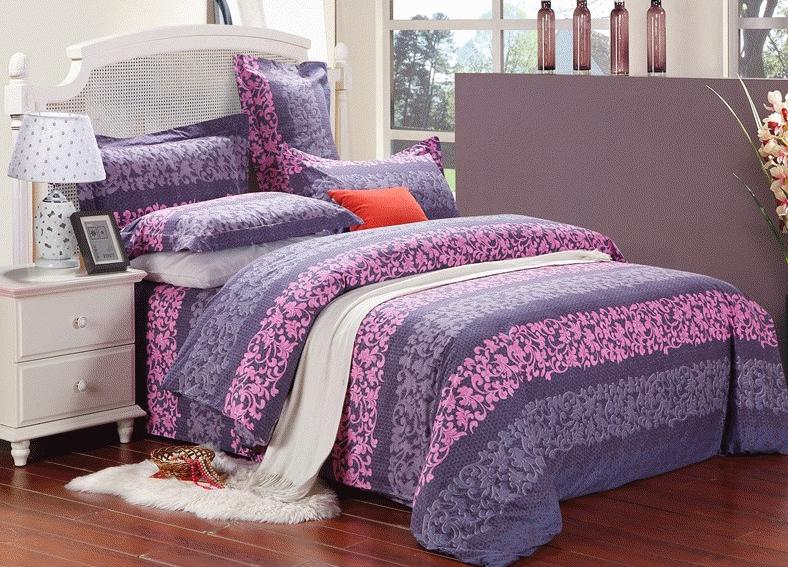The Fillings of Winter Coats: A Review and Comparison
This article provides a review and comparison of the fillings commonly used in winter coats. The main goal is to help consumers make an informed decision when purchasing a winter coat. The article discusses the pros and cons of various fillings, including synthetic fibers, down, and feathers. It also briefly introduces the new generation of fillings made from recycled materials, which are environmentally friendly and provide good insulation. Finally, the article concludes that choosing the right filling for a winter coat depends on individual needs and lifestyles.
As the weather gets colder, people start looking for ways to keep warm. One of the most popular options is wearing a winter coat with a good filling. Fillings in winter coats have come a long way from the traditional down and feathers to synthetic materials and blends. In this article, we will review and compare some of the common filling materials used in winter coats to help you make an informed decision on what to look for when purchasing.
1、Down and Feather Fillings
Down and feather fillings have been used in winter coats for many years. These natural materials provide excellent insulation and warmth, particularly when they are layered together. However, down and feather fillings have some drawbacks. They are expensive, prone to allergic reactions, and may not be suitable for all weather conditions. Additionally, these fillings can be quite bulky, which can limit your movements and make them uncomfortable to wear for extended periods.
2、Synthetic Fillings

Synthetic fillings are made from man-made materials, such as polyster, cotton, or nylon. These fillings are often less expensive than natural materials and have become popular due to their affordability and availability. Synthetic fillings also have the advantage of being hypoallergenic, which makes them suitable for individuals with allergies to down or feather fillings. However, synthetic fillings may not provide as much warmth as natural materials, particularly in colder weather conditions. Additionally, they may not be as durable as natural fillings and may require more frequent replacement.
3、Blended Fillings
Blended fillings are a combination of natural and synthetic materials. These fillings can provide the benefits of both types of materials, such as warmth, affordability, and hypoallergenicity. Common blends include down/feather and polyster or cotton/nylon. Blended fillings can offer a good balance between performance and cost, making them a popular choice for many winter coat buyers.
4、Other Fillings

In addition to the above fillings, there are some other materials that are being used in winter coats as well. For example, some coats use a thin layer of plastic or rubber to provide extra warmth. Others use electric heaters to generate heat directly from the inside of the coat. These fillings have their own unique benefits and drawbacks, so it is important to research them thoroughly before making a purchase decision.
In conclusion, the type of filling you choose for your winter coat depends on your budget, preferences, and needs. Consider the pros and cons of each type of filling to help you make an informed decision on what is right for you. Whether you choose natural down/feather fillings, synthetic materials, blends or other types of fillings, make sure to keep yourself warm this winter with a good-quality winter coat.
Articles related to the knowledge points of this article:
Title: Determining the Ideal Length for a Tie: A Comprehensive Guide
The Symbolism and Significance of Black Suits and Red Ties: A Study in Formal Wear
Title: The Evolution of Insulated Jackets: From Basic to Modern



